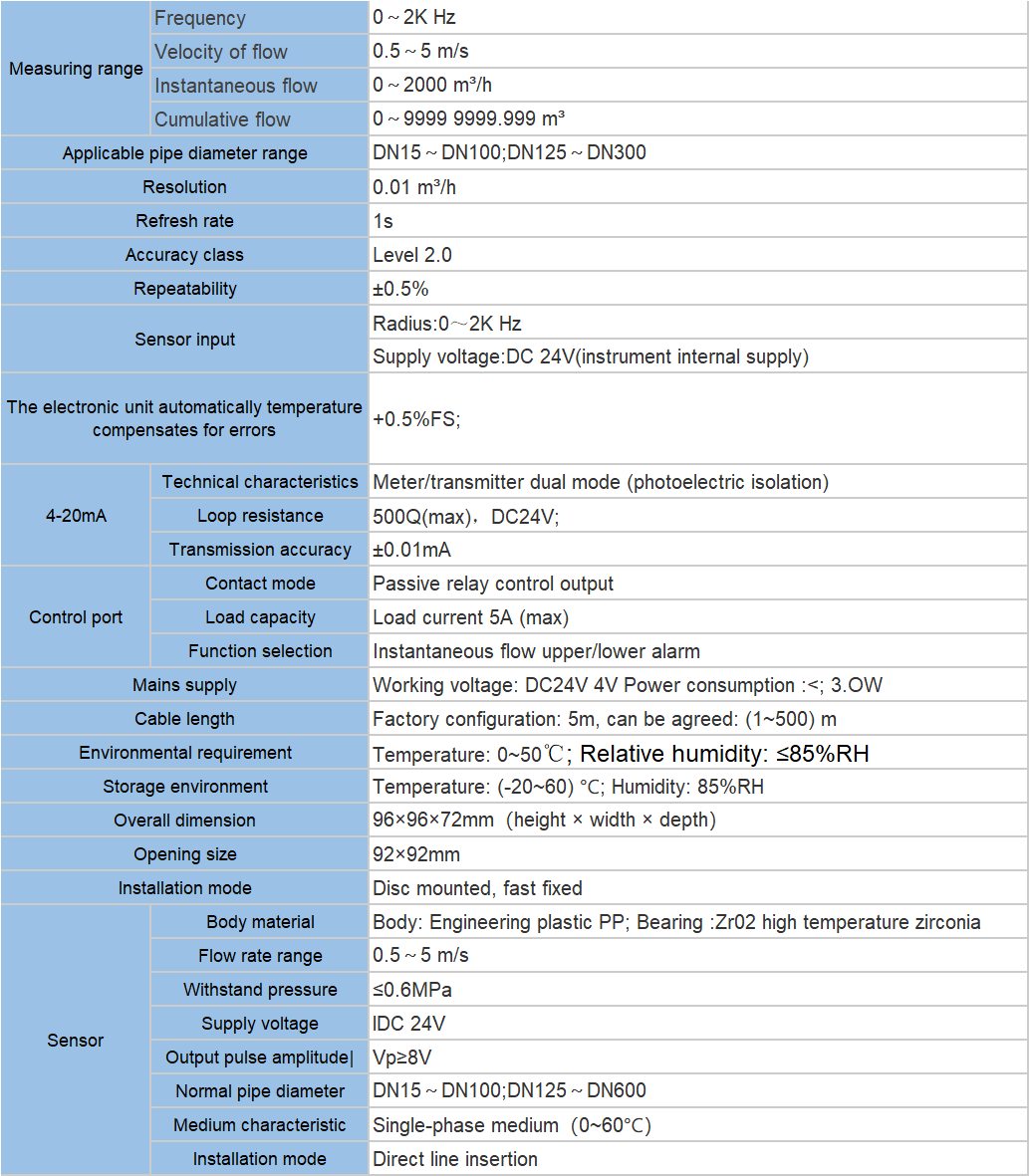Optimal turbidity for safe drinking water.
Importance of Turbidity in Drinking Water Quality
Turbidity is an important factor to consider when assessing the quality of drinking water. It refers to the cloudiness or haziness of water caused by suspended particles, such as silt, clay, and organic matter. While turbidity may not directly pose a health risk, it can indicate the presence of other contaminants that can be harmful to human health. Therefore, monitoring and maintaining an acceptable level of turbidity in drinking water is crucial.
One of the main reasons why turbidity is important in drinking water quality is its association with microbial contamination. High turbidity levels can provide a favorable environment for the growth and survival of microorganisms, including bacteria, viruses, and parasites. These microorganisms can cause various waterborne diseases, such as diarrhea, cholera, and hepatitis A. By monitoring turbidity, water treatment plants can identify potential sources of microbial contamination and take appropriate measures to ensure the safety of the drinking water supply.
Furthermore, turbidity can also affect the effectiveness of water treatment processes. When water with high turbidity enters a treatment plant, it can interfere with the disinfection process, reducing the effectiveness of chlorine or other disinfectants in killing harmful microorganisms. This can result in inadequate disinfection and an increased risk of waterborne diseases. By maintaining an acceptable level of turbidity, water treatment plants can optimize their disinfection processes and provide safe drinking water to the public.
In addition to microbial contamination, turbidity can also indicate the presence of other contaminants, such as heavy metals and organic chemicals. These contaminants can attach themselves to suspended particles in water, increasing turbidity levels. Monitoring turbidity can help identify the presence of these contaminants and prompt further testing and treatment to ensure the removal of harmful substances from drinking water.

The World Health Organization (WHO) has established guidelines for turbidity in drinking water. According to these guidelines, the turbidity of drinking water should not exceed 5 nephelometric turbidity units (NTU). This limit is based on extensive research and is considered safe for human consumption. However, it is important to note that turbidity levels can vary depending on the source of water and the treatment processes in place. Therefore, it is essential for water treatment plants to regularly monitor and adjust their treatment processes to maintain turbidity within acceptable limits.
To measure turbidity, water treatment plants use a device called a turbidimeter. This instrument measures the amount of light scattered by suspended particles in water and provides a turbidity reading in NTU. By regularly monitoring turbidity, water treatment plants can detect any sudden changes or spikes in turbidity levels, which may indicate a problem with the water source or the treatment process.
In conclusion, turbidity is an important parameter to consider when assessing the quality of drinking water. It can indicate the presence of microbial contamination and other harmful substances, as well as affect the effectiveness of water treatment processes. By monitoring and maintaining an acceptable level of turbidity, water treatment plants can ensure the safety and quality of the drinking water supply. Regular testing and adjustment of treatment processes are essential to meet the established guidelines and provide clean and safe drinking water to the public.







